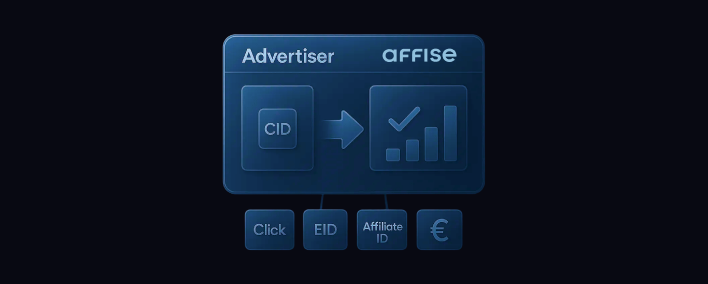Written by
Xiao is the Global Head of Lead Generation at Brightpearl, a leading retail operations platform. She is passionate about setting up innovative strategies to grow sales pipelines using data-driven decisions.


Don’t have a Reach account? Sign up here
Don’t have a Performance account? Sign up here

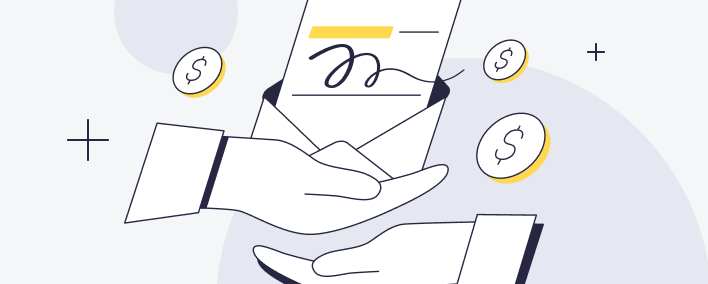
Tips & Guides — 06 Aug 2025
A Guide to Customer Acquisition in Ecommerce
Customer acquisition is essential for any business seeking to maintain consistent profit margins. And while it can be tempting to generate fast-paced sales by any means necessary, in fact, the key to successful acquisition is long-term customer nurturing.
The goal is to get your customers to stick around, make regular purchases, and become your brand’s key advocates. So, how can we go about achieving this long-term acquisition equilibrium? Well, you just need to keep reading to find out.
So, what exactly is customer acquisition? There’s a lot more to the customer acquisition process than first meets the eye. It’s not just a case of randomly onboarding one-time-only buyers. It’s about realizing a strategy that helps you attract, engage, and retain prospective buyers so that they convert into sustained, repeat customers.
By definition, customer acquisition is an umbrella term used to describe a set of processes involving multiple marketing and customer service techniques. All of these techniques come together to onboard and retain new customers for a business by nurturing them through the sales funnel from start to finish. From the awareness stage to the education stage, all the way through to that all-important final conversion.
In very basic terms, a healthy rate of customer acquisition is an increasing one. But, in reality, it’s not as simple as this. There are many different factors that go towards determining the health of a business’s customer acquisition metrics. As well as seeking a generally upwards trend, it’s important to ensure that customers lost are offset by customers gained.
Sure, you may be acquiring new customers at a steady rate but if you’re losing more than you’re gaining then the impact is going to be minimal and margins will start to suffer. It’s also important to consider the wider economic context when assessing the health of your acquisition rates.
If you notice acquisitions going down, don’t immediately assume that you’re doing something wrong. Think about what’s going on in the wider economy and compare your acquisition rates to those of your competitors. Are theirs also declining? As long as your customer acquisitions are similar or above those of your competitors, you’re looking good.
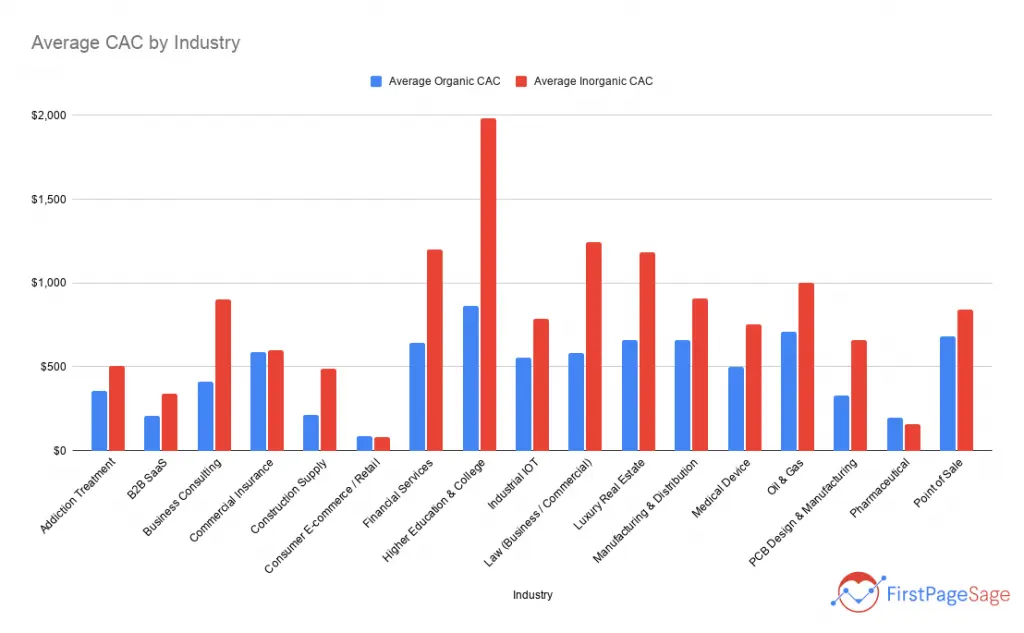
Like any marketing process, customer acquisition incurs a cost. A business’s Customer Acquisition Cost (CAC) is the sum of total expenditure for acquisition purposes (such as new sales and marketing costs, cost of goods, salaries, and ad spend) divided by the total number of new customers acquired during the marketing campaign period.
To calculate the CAC ratio, you can use this formula:

Cost per acquisition (or customer acquisition cost) can vary quite dramatically from industry to industry. This is to be expected. Cheaper products that sell fast, may incur lower sales and marketing expenses and generate high rates of acquisition. Products with a bigger price tag may incur greater sales and marketing spend and generate lower rates of acquisition.
The important thing is that overall gross profit margins remain in an upwards trajectory (whether that’s by selling lots of little things or a few big things is entirely up to you).
Customer acquisition works in nuanced ways and varies considerably from industry to industry. For ecommerce business owners there are a few industry-specific features that contribute to a successful customer acquisition process.
By nature, ecommerce exists in the online space and the importance of digital advertising for acquisitions cannot be stressed enough – even for ecommerce behemoths such as Amazon and Shopify.
In fact, online sales are expected to account for 22% of total retail sales by 2023. Online promotion is a key booster of conversion rates, meaning that your SEO, blog content, PPC Ads, Google Analytics, and social media copy need to be on point.
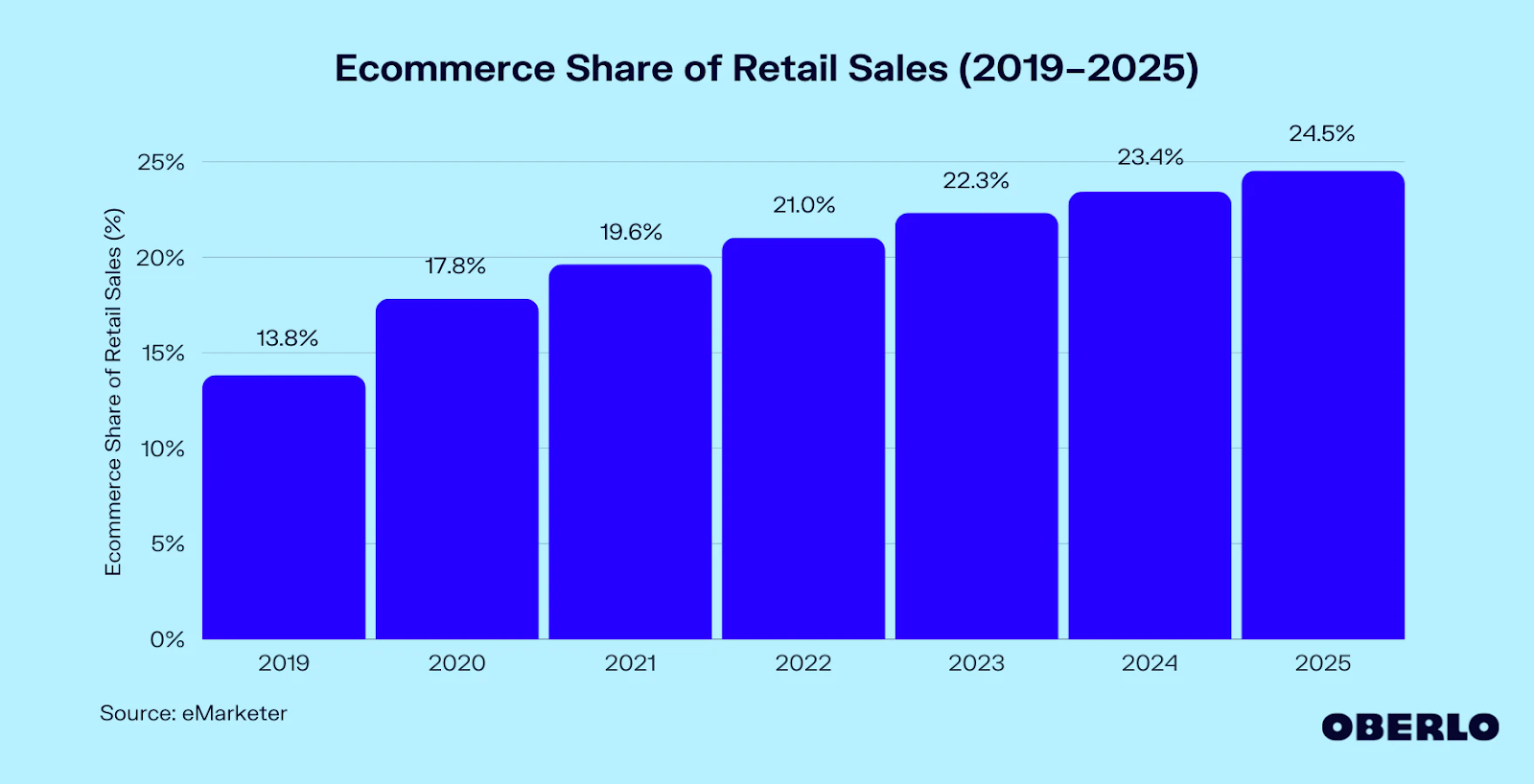
In general, ecommerce customer acquisition is becoming an ever more expensive endeavor and data suggests that in-app purchases incur the highest average acquisition costs in North America. In 2020, the average cost of acquiring an in-app purchase was $74.68.

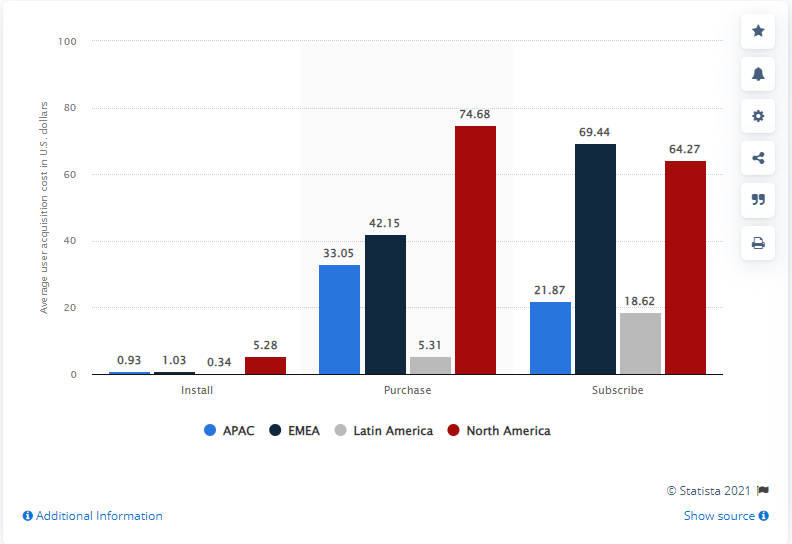
In order to reach a point where an ecommerce acquisition can be made, prospective customers must be nurtured through the sales funnel from start to finish. This involves four key stages:
Below we’ll explore these processes (and more) by delving into the customer acquisition process in even more detail.
As well as the four key sales funnel stages, acquiring customers also involves a few additional steps. Once interest is sparked, customers will need to be guided through a process of deliberation and evaluation before a decision is made.
Furthermore, once that purchase is set in stone, don’t go thinking the acquisition process is over. Far from it. Following up with customers post-sale is essential if you want to generate repeat custom and long-term customer advocacy.
Let’s take a look at each individual process.
Welcome to the awareness stage. This stage is all about initial lead generation. Reach out to your target demographic with informative and engaging content. During this stage, your target audience has little-to-no purchase intent. It’s your job to spark their interest – and don’t forget those targeted CTAs that will land these prospects on a relevant webpage.
Your prospects know who you are. Now it’s time to get them interested. Communication and conversation are key to this process. Get customers involved with promotions, offers, contests, and dialogue on social media and other relevant online platforms.
Next, we reach the consideration stage. This is when purchase intent is starting to develop. Uninterested prospects will have dropped off by now (those left have real potential for conversion). To keep these customers engaged encourage them to sign up for brand communications via an email list, or social media platform.
Now the serious thinking starts. Customers who have been umming and ahhing about your products will generally start to evaluate their options more carefully before making a decision (especially if the price tag is on the higher side).
This is when customers might compare your product offerings to those of your competitors. So make sure you’re standing out from the crowd and offering the best quality of service and value for money out there.
It’s decision time. The buyer decision process culminates in the customer making a final purchase decision. They’ve done their research already and decided to invest in your brand. Remember the decision-making process will vary in length depending on the type of product. A customer might decide to buy a t-shirt in a few seconds, but it’s going to be a different story for SaaS products, for example.
Your customer is ready to convert. The product is in the cart and ready to go. It’s important to ensure that the customer experience is plain sailing from here on in to avoid any dreaded cart abandonment cases. Utilizing the best order management software will help ensure that the purchase process runs smoothly and efficiently.
Some ecommerce brands will introduce discounts, trials, or other incentives at this stage to win over their new converts and encourage them to return for future purchases.
Speaking of future purchases, remember the acquisition process doesn’t stop at a sale. It’s important to nurture each conversion so that it turns into another… and another. The more frequently a customer purchases from your store the more likely they are to continue doing so long-term.
Once the customer has handed over their credit card details make sure that their post-purchase experience is nothing short of perfect. Equip yourself with a high-quality warehouse management tool to make sure that orders are fulfilled on time, every time.
By maintaining outstanding levels of customer service, and going above and beyond your competitors, you’ll establish loyal customers who keep coming back. Nurture these customers with high levels of service, personalized communications, and bespoke promotions to reward their loyalty and ensure customer retention.
Do this successfully and you’ll create a ready-made marketing team of brand advocates, introducing your products to their friends and family. The better your product and service offerings your marketing efforts will pay dividends.
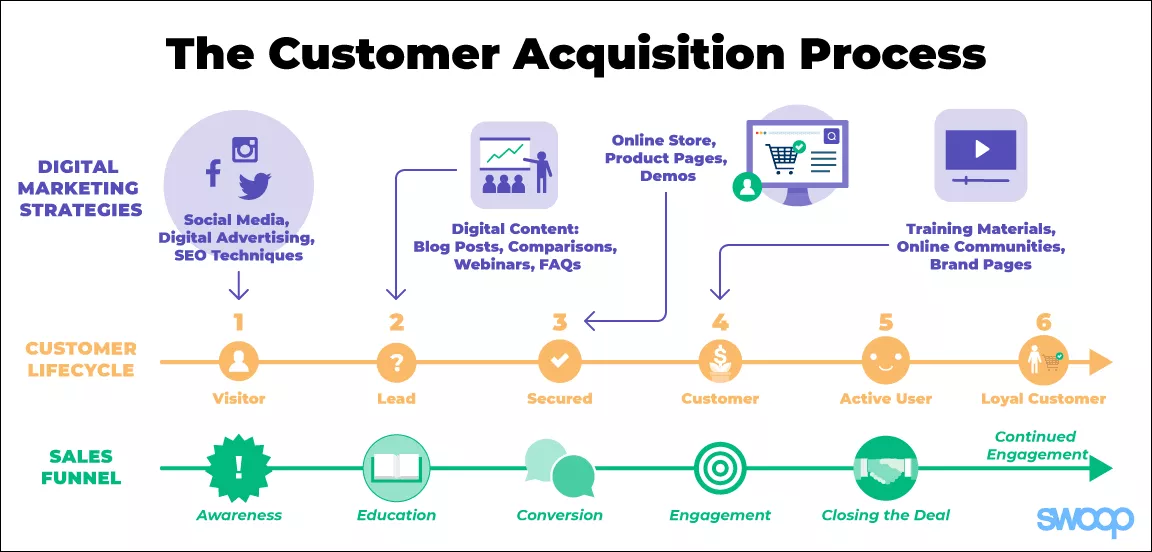
Effective Customer Acquisition Strategies
We’ve covered a lot of great stuff here already.
But how about some actionable steps you can take to implement a comprehensive and effective customer acquisition strategy? Below we’ll be exploring some of the essential techniques that every ecommerce store should be using to start making targeted improvements to long-term acquisition rates.
Love them or hate them ‘influencers’ (as the name suggests) have a lot of influence. If you’re reading this and wondering what the heck an influencer is, then listen up.
Influencers are celebrities and digital-media personalities with a committed following of fans or supporters. These individuals have a lot of influence over their subscribers’ purchase decisions and just one recommendation is enough to get viewers flocking to pick up the latest hot product.
Before sparking up a brand deal with an influencer, it’s important to do your research. Pick an influencer who is trusted and speaks directly to your target personas. The influencer should be an industry authority whose opinion is respected. The most effective brand deals are with influencers who genuinely love your product and would recommend it to a friend off-screen.
Using Facebook’s Audience Insights tool will help you access key insights about your brand’s target audience. The insights tool will help identify your target persona’s interests, behaviors, likes, and dislikes. Use the tool when conducting preliminary research for your campaigns and target your campaign content to match your audience’s specific needs.
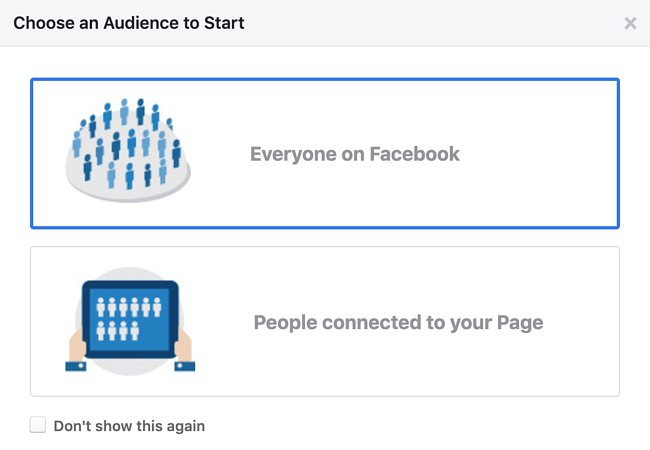
Email remains a solid and effective marketing strategy for customer acquisition and lead generation. Email is one of the biggest contributors to businesses’ recurring revenues and also helps brands to create a database of invaluable customer information. To get the most out of your email campaign make it easy for interested shoppers to sign up to your mailing list. This will help keep them engaged, even if they’re not ready to buy at that exact moment.
Then, use your email list to send personalized email marketing content to your prospects. Personalizing emails is about much more than just using your customer’s name. For the best results try behavior-triggered emails (cart abandonment emails, for example), offers and incentives, or even informative emails to keep your audience listening. Finally, include a clear and concise CTA that will direct your reader to a relevant landing page for your online store.
On the topic of informative content, make sure that you’ve got a robust and engaging content strategy. Providing engaging and authoritative content is a great way to build customer trust and nurture sales. Regularly updating a company blog or social media channel with industry-specific, quality content is a must for strengthening brand-customer relationships and generating leads. Guest posts from related authorities are another way to boost reputability.
Search Engine Optimization (or SEO) is going to be your best friend. In order to generate more consistent organic traffic to your website, you’ll need an SEO strategy that gets your business ranking on the search engine leaderboards.
Ensure that you’re following essential SEO best practices including the use of keywords, backlinking, and effective metadata. Furthermore, ensure that all of your web pages are optimized for search engines in terms of site speed, site mapping, mobile-first design, and maintaining a targeted social media presence.
As well as organic traffic, some brands choose to boost traffic to their websites using paid ads. Ads can be placed on search engines like Google and social media platforms like Facebook for a small fee.
Oftentimes the return on investment more than offsets the minimal cost of this type of advertising.
Remember, Google and Facebook ads generate a huge amount of traffic, so getting your brand seen on these high-density platforms is incredibly beneficial. These platforms provide businesses with a route to rapid growth as well as allowing brands to target the precise type of customer they want their ad to be shown to.
Last but not least – if you haven’t already – give partner marketing a go. Partner marketing (sometimes termed affiliate or performance marketing) is a type of digital marketing in which ecommerce brands partner with other, non-competitor, brands with a similar customer base.
There are marketing partnerships for different verticals but this technique works especially well in an ecommerce setting. The desired effect of this is to collate a shared database of customers free of charge and drive traffic to one another’s respective sites. The effect? Increased brand awareness and more sales.
At some point, you may wish to migrate your affiliate program from an existing platform to a new affiliate or management platform like Affise. This process is called platform migration and is a great way to enhance your acquisitions campaigns with access to key statistics, reporting tools, and specialized features like Affise Reach, which allows brands and agencies to partner up swiftly and efficiently.
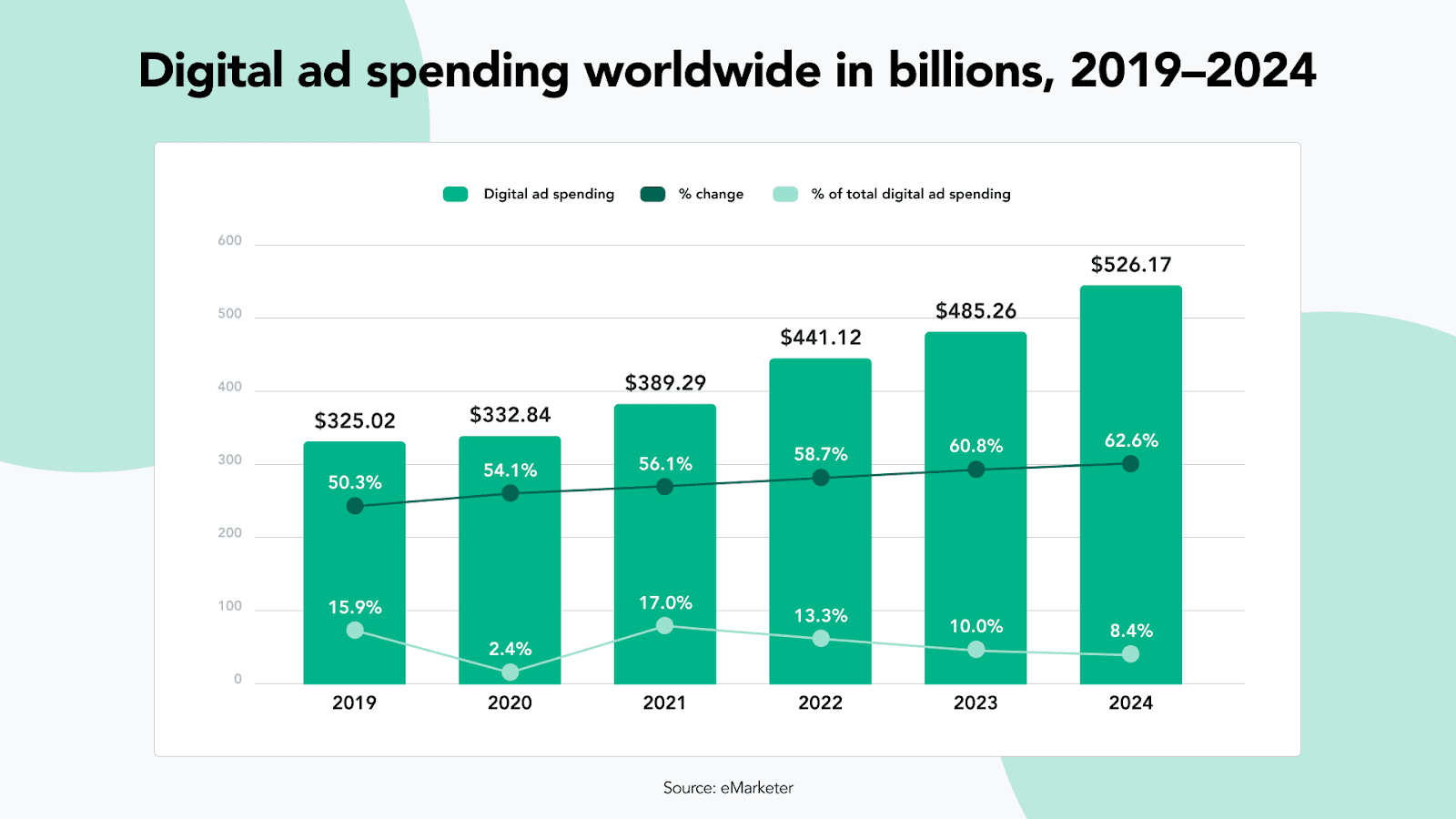
Tips to Reduce Ecommerce Customer Acquisition Costs
So, we know what customer acquisition is and what makes up a robust customer acquisition strategy, but what about those costs we mentioned right at the beginning of this article?
All businesses want to keep their customer acquisition costs down, and with CAC rates for ecommerce rising rapidly, finding some effective cost-saving strategies is more important than ever. To help you get started, we’ve collated a list of some fantastic money-saving techniques that you can try out for yourself to start saving a few cents.
First thing’s first, make sure that you’re testing your campaigns before launch. There are many different types of tests you can employ, but A/B testing is one of the most tried, tested, and effective options. A/B testing involves testing out two different variations of an individual digital feature to see which one participants respond to best. You can test everything from ad and website design to web copy and email layouts in this way.
Retargeting is the process of marketing to customers who have shown purchase intent but failed to make the final conversion.
For example, if they abandon their shopping cart at the last minute. Retargeting emails are a great way to re-engage these customers and encourage them to make that purchase once and for all. Instead of giving up and looking for a new prospect, giving existing customers a final push is quicker, cheaper, and prevents losing a potential long-term brand advocate.
Reviews and referrals are one of the most effective ways to build trust and reputability. Ensuring that your customers have the opportunity to review your products across multiple online platforms and then directing new prospects towards these reviews will finalize those acquisitions. Sometimes all a prospect needs is the reassurance that they are making a good decision and investing in a quality product.
Omnichannel communication is a must both for customer service and customer acquisitions. Today’s customers want to be able to contact businesses quickly and easily from any device and on multiple available platforms, providing you with a selection of marketing channels.
Equipping your website with a chatbot will help customers get answers to their queries quickly and easily. Plus you’ll reduce the burden placed on your contact centers, meaning that incoming callers will enjoy faster service.
Social proof works by using similar psychology employed with review-based marketing. Social proof is anything that demonstrates the quality and usefulness of a product via an impartial agent. For example, this could be a referral from an industry expert or a customer success story.
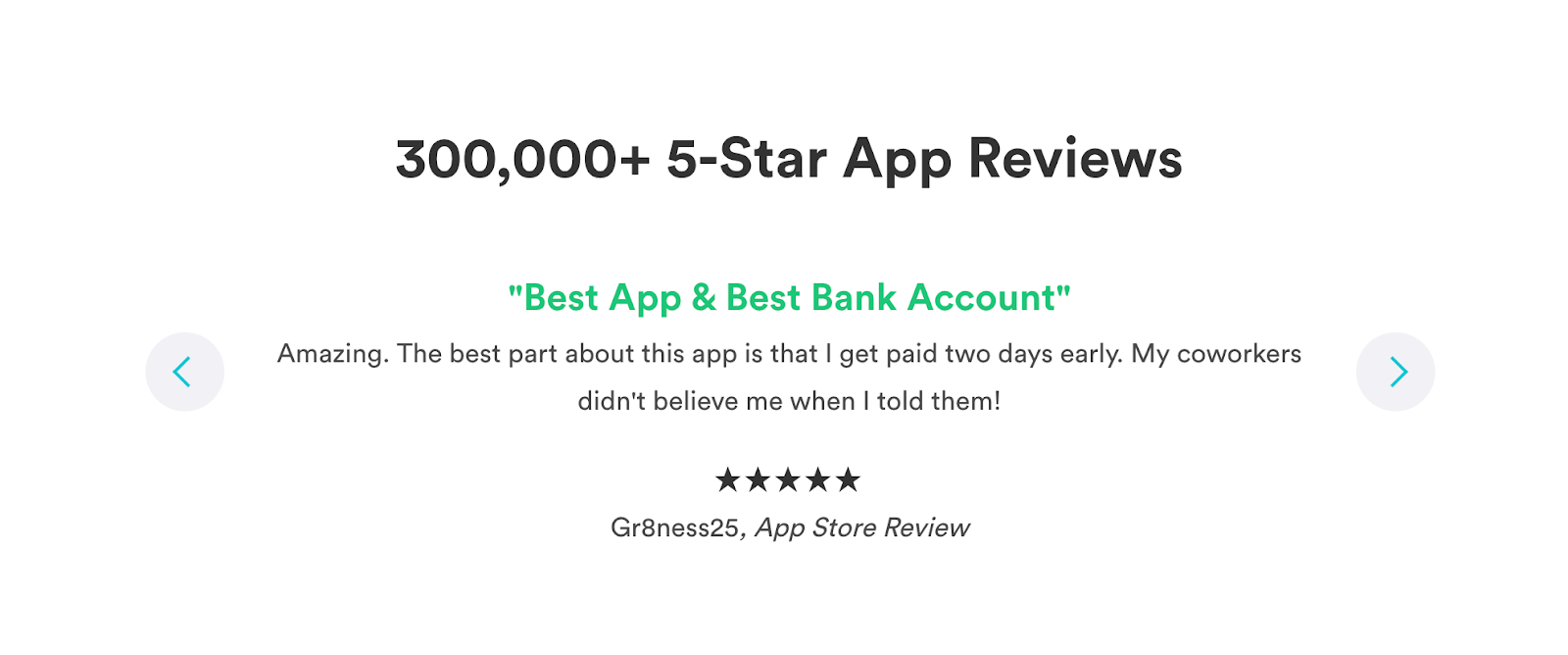
Optimize your acquisition campaign by automating all those repetitive processes. This will save time, money, and allow you to generate targeted, data-driven insights on your campaign in the process that will help you boost conversions and customer satisfaction. Automation tools include things like automated email campaigns, automated ad targeting, and much, much more.
With Affise BI, for example, you’ll be able to manage vast amounts of unstructured data from disparate marketing and acquisition channels effortlessly from one intuitive system. You don’t need any expert technical abilities to use Affise BI, meaning it’s easy for everyone to make better data-backed business decisions.
Want to share your data with an affiliate partner? No problem. CPAPI is a data transfer platform specifically designed to meet the needs of partner marketers by automatically transferring data and connecting systems.
If you’re employing Google Ad campaigns then make sure you’re getting the most out of the platform. You’re paying for it after all. Keep your ad copy sharp, CTAs clear, and make sure that you’re keeping afloat with Google metrics to help you better understand what is (and what isn’t) working.
Wrapping Up
So, there we have it. There’s more to customer acquisition than first meets the eye.
Acquiring new customers and maintaining a healthy customer acquisition rate involves a delicate balance of processes.
Luckily, there are tons of tools and techniques out there to make this process more straightforward. At Affise, we’re making partner marketing effortless so that more brands, advertisers, and agencies can start to automate and scale up their partnerships and start boosting those acquisition rates.

Written by
Xiaoyun TU
Xiao is the Global Head of Lead Generation at Brightpearl, a leading retail operations platform. She is passionate about setting up innovative strategies to grow sales pipelines using data-driven decisions.
Stay on top of the competition. Let us keep you updated with news, insights, and more

